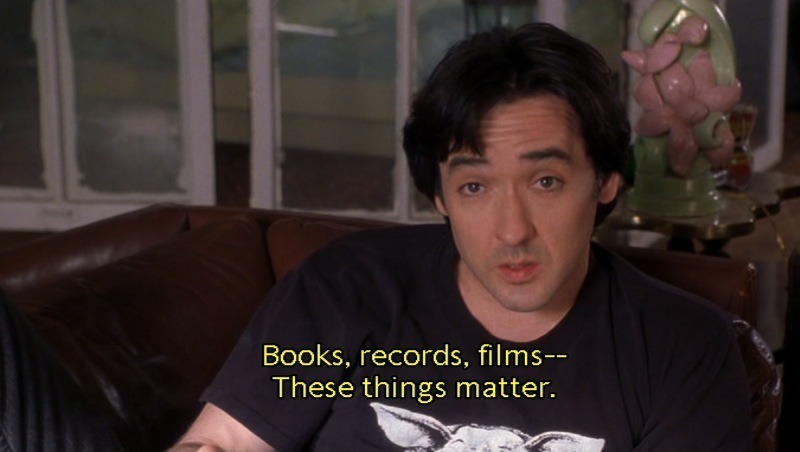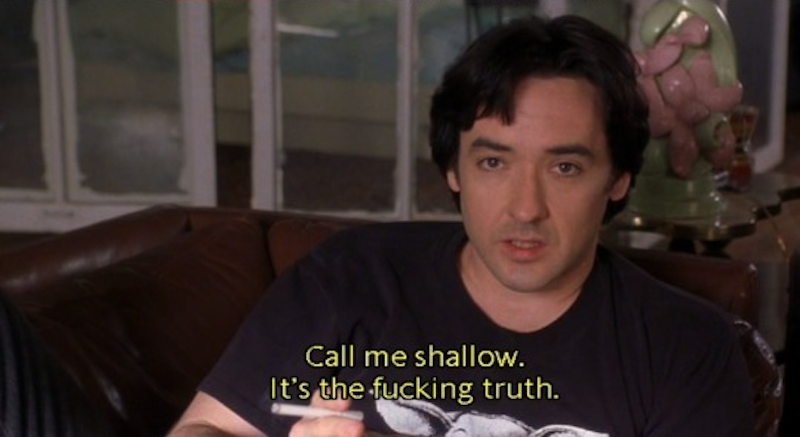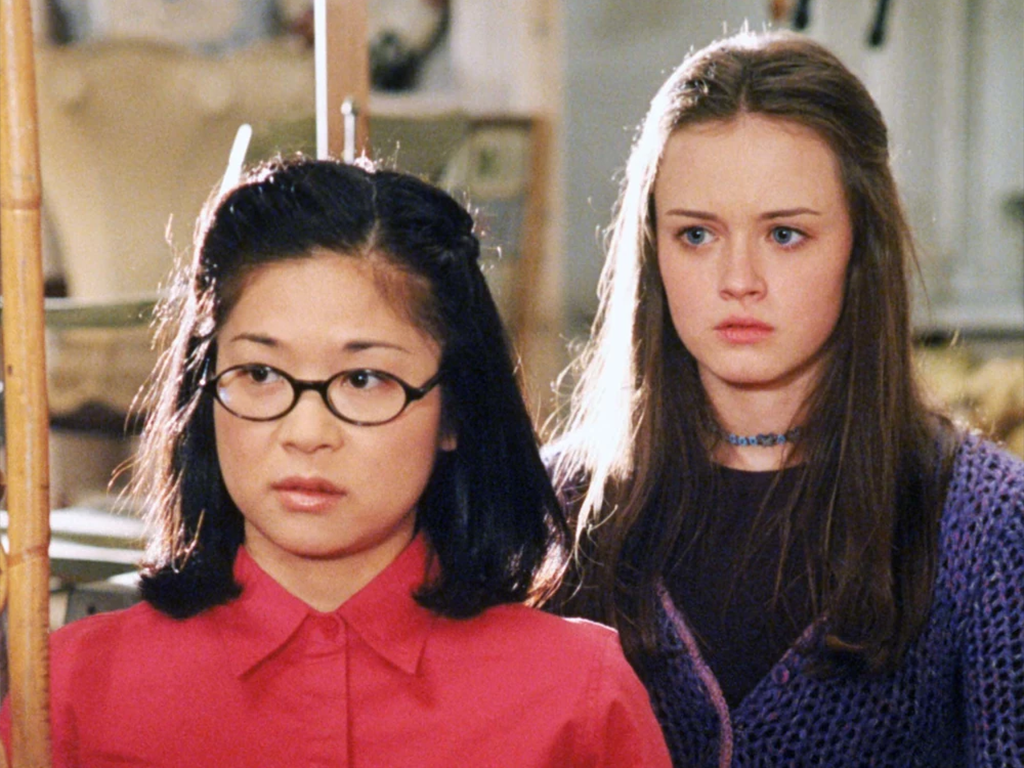I got home from Brimfield last Friday and slept for twelve hours. Nothing makes me feel my age quite like trudging around muddy fields all day in the blazing sun. I don't understand how, in my twenties, I did shit like this every weekend on three hours of sleep with the addition of alcohol. A mere 15 springs ago, I remember playing a full day of Four Loko pong, staying up all night, and running a half marathon the next day. Youth is wasted on the young! If I had those superhuman powers now, I'd use them for good (i.e., antiquing).
Although this Brimfield was less successful than the last, I found some gems — two pieces of pottery, tiny framed fox art, and some Japanese coasters from a guy with an extensive amount of leather bar memorabilia — and spent the day with a friend who I don't see nearly enough. Nothing came close to rivaling my giant print from last year, though. I was mildly disappointed until two days later when I randomly won this James G. Davis lithograph for $22 in an online auction. If you feel like the thrift gods aren't on your side, just give it time and you might be surprised.
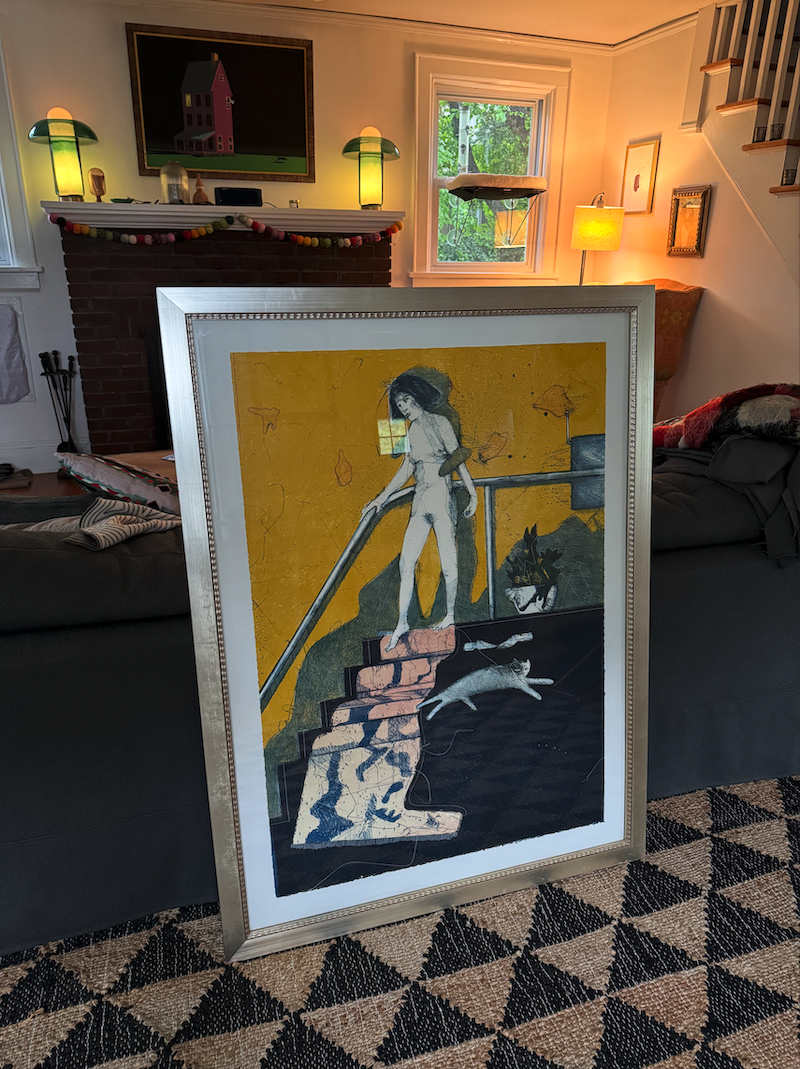
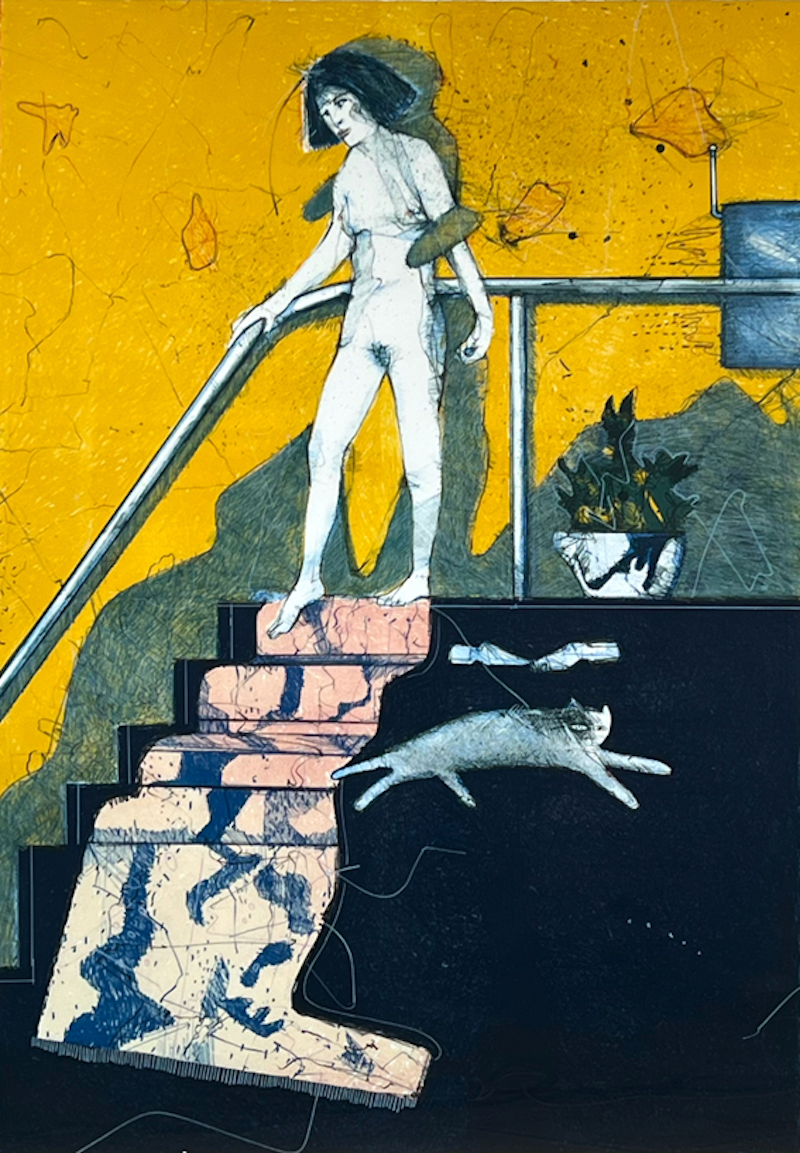
She reminds me of Rei Kawakubo.
In the past, I've always retrieved items from whichever business runs the auction, with locations ranging from industrial parts of Queens to sad strip malls in Connecticut. This week, I went to an insane $5M house on the Long Island Sound. Or, to be more precise, a garage outside the front gate of said house. Most of the items for sale were like... Rolex-branded tennis balls and other weirdo rich people tchotchkes, so I wonder how this piece of art fits into the mix. Did the owners actually like it, did they know the artist, did they buy it as some kind of investment that didn't pan out? Each secondhand item should be required by law to come with a detailed backstory; otherwise, I will spend too much time pondering this shit.
Now, onto the other shit I've been pondering:
I found this book on one of the tables at White Whale, an A+ Pittsburgh bookstore, in 2022 and finally got around to reading it. I hadn't heard of the author, Maria Judite de Carvalho, but two trusted people were involved in the Two Lines Press edition (the first in English), so I knew it must be quality. Kate Zambreno, of the beloved "Heroines" (2014), wrote the introduction, and Margaret Jull Costa, who I know from her work on José Saramago's "Death at Intervals" (2005), did the translation.
"Empty Wardrobes" tells a story that will fill any decent human with equal parts rage and grief. Written in the first-person by a casual friend, the narrative centers on Dora Rosario, a woman struggling to get her life together after her husband dies and leaves her and their daughter, Lisa, destitute. Eventually, Dora secures a job at an antique store, Lisa goes to school, and ten years pass without any major changes. Then, on Lisa's seventeenth birthday, a seismic shift occurs and everyone heads down a new path of misery.
This is how Zambreno describes it in her intro:
This is a hilarious and devastating novel of a traditional Catholic widow’s consciousness, encased like ambered resin in the ambient cruelty of patriarchy, an oppression even more severe in the God, Fatherland, and Family authoritarianism of the Salazar regime in Portugal. A work like this, set in the regime of a dictator who weaponized Catholicism and "family values," is by its very nature deeply political.
De Carvalho's novella (183 pages in mass market size) was written in 1966 toward the end of António Salazar's reign but eight years before the Carnation Revolution. At this point in time, life in Portugal was rough, and it was unclear whether the people would be able to band together to turn it around. "Empty Wardrobes" injects that political uncertainty into the domestic sphere by examining what happens when individualism takes precedence over solidarity. Everyone in America: take note.
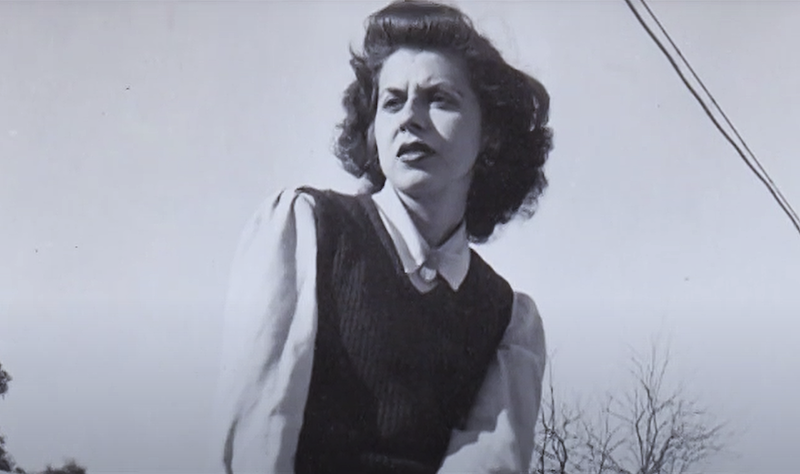
Trigger warning: end times discussion!
This week, an AI-generated summer reading list was included as an insert in several major newspapers, including the Chicago Sun-Times and The Philadelphia Inquirer. This list, brought to media attention by Booktuber/podcaster Tina Books, attributed fake titles to real authors, real titles to incorrect authors, and other assorted idiocy. It was a cornucopia of misinformation and the type of fuckup that never would have happened if copy editor desks weren't lost to capitalism. Several romance writers were also recently called out for leaving traces of AI in their published work. If this doesn't scare the shit out of you, get your head out of your ass and wake the fuck up because it's bad now, and it's only going to get worse.
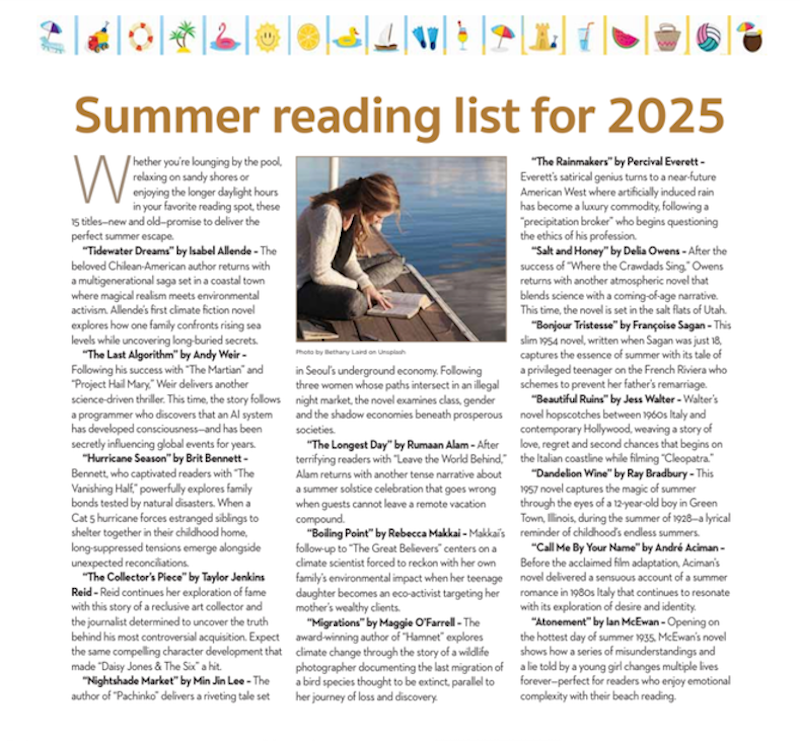
I don't mean to sound alarmist, but it's very easy to see where this is all headed. Many people lack critical thinking/reading skills. The United States elected Donald Trump as president twice; fact is fiction and fiction is fact. As AI seeps into more facets of daily life, it will be even harder for truth to prevail. A small faction of us will live in reality while the rest are in some pseudo-reality driven by slop and Republican brain worms. How do we escape? If the country wasn't run by three weasels stacked on top of each other in a trench coat, government regulation would be the answer. Considering our reality, I'm rooting for the 2032 asteroid.
An exciting thing about studying history is learning which famous people ran in the same circles and what they all thought about each other. I want the tea, the shade, the hot goss, the 411. Every couple of years, I become obsessed with a different group and read/watch everything I can find about them, along with all their work. Some examples:
- Bennington College class of 1986 (Lili Anolik's "Once Upon a Time... At Bennington College" podcast
- The Harlem Renaissance ("When Harlem Was in Vogue" by David Levering Lewis, "Flamboyants" by George M. Johnson, Ken Burns's "Jazz")
- The Sewing Circle ("The Girls" by Diana McLellan, "Behind the Screen" by William J. Mann, this episode of "You Must Remember This")
- The Beats ("The Holy Barbarians" by Lawrence Lipton, "Naked Angels" by John Tytell)
Then, of course, come the rabbit holes that start with one person — Elizabeth Bishop, Patricia Highsmith, Maila Nurmi, Audre Lorde — and spiral into what can only be described as a transient mental disorder. This most recent one, centered around 1960s California artists, had been dormant for years until Mark Rozzo's "Everybody Thought We Were Crazy" (2022), a book about Dennis Hopper and Brooke Hayward's relationship, set it off again. From there, I went to Griffin Dunne's memoir, "The Friday Afternoon Club" (2024), to Anolik's "Didion and Babitz" (2024) and "Hollywood's Eve" (2019). The Didion-Dunnes were connected to everyone and once you start reading about them, there's enough material to keep you deep-diving for ages.
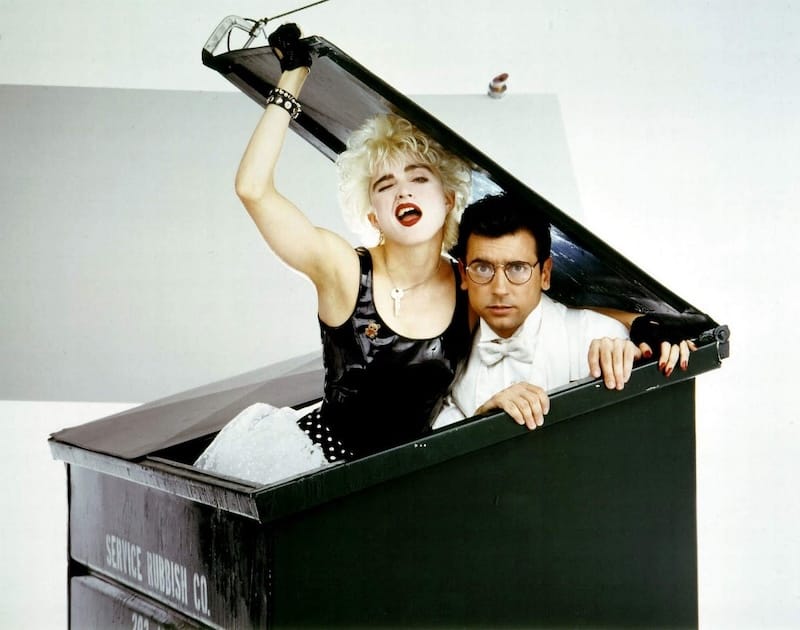
I don't know what exactly I'm recommending here, but I guess it's just to find a random niche interest and let it drive you insane.
Speaking of groups that inspire obsession, this article on the relationship between Paul Cadmus (Pa), Jared French (Ja), and Margaret Hoening French (Ma) made me immediately add Nick Mauss and Angela Miller's "Body Language" (2023) to my TBR list. Cadmus, Jared, and Margaret met at the Art Students League of New York. As I understand it, Cadmus and Jared became a couple early on and then roughly a decade later, Margaret and Jared got married. Whatever their arrangement, it was unconventional for the time. When they were in their 30s, they started photographing each other and their friends (often nude) while vacationing on various East Coast beaches, crediting all photos, no matter who took them, to PaJaMa. It wasn't seen as a serious artistic endeavor, more like a way for them to have fun together. When photography took off as an art form in the 1980s, the work was eventually exhibited and sold.
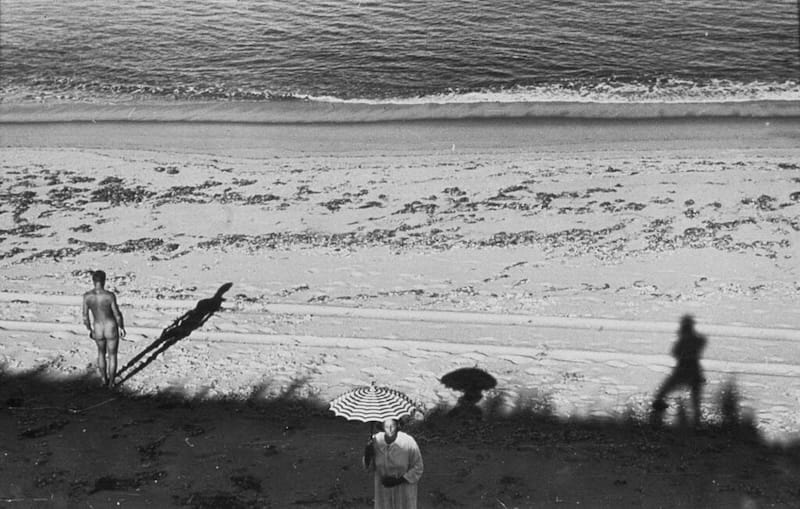
The rest of the article discusses new generations of artists inspired by PaJaMa. I love this quote from painter TM Davy, who talks about staging his own Fire Island photoshoots:
There’s this feeling that the greats, because they touched on something so deeply personal and transcendent, are there with you [...] You’re not doing it because of them … but [you’re reminded] that creativity is a current rolling through communities.
"Creativity is a current rolling through communities" is a mantra that I will now repeat to myself every time I wish for that asteroid to hit.
I'm lazy when it comes to records. My collection is organized alphabetically by artist, with classical and jazz in a separate section. Sometimes I don't feel re-alphabetizing, so I just listen to whatever I've already pulled 10,000x until I'm so sick of it that I never want to listen to it again. This is what happened with Hiatus Kaiyote's "Mood Valiant" (2021). It's been sitting on top of my speaker for the past year, only I've never put it back because no matter how many times I listen, I still want to hear it again and again. Even if you're unfamiliar with them, you've definitely heard their samples on songs like Kendrick Lamar's "Duckworth" and Anderson .Paak's "Without You." They feel like one of those bands right on the cusp of becoming huge, which I selfishly hope doesn't happen until I get to see them live.
In this episode of Broken Record, they play two songs from their newest album, "Love Heart Cheat Code" (2024), and one of my favorites from "Mood Valiant," a slinky groove called "Red Room." I don't know dick about music composition, but it's fascinating to hear them discuss their collaborative process. During the interview, Nai Palm talks about how the verses on "Telescope" are inspired by images the Hubble Telescope took on each of their birthdays. I just looked at mine on the NASA website and while it is beautiful, the idea of translating that beauty to sound is a concept my brain can't even begin to comprehend.

For more Hiatus Kaiyote, check out this episode of "What's In My Bag?" and their 2021 Tiny Desk Concert.
See you next week 👋 where I will definitely be discussing "Pee-wee as Himself" (Matt Wolf, 2025) and "Jane Austen Wrecked My Life" (Laura Piani, 2025).
